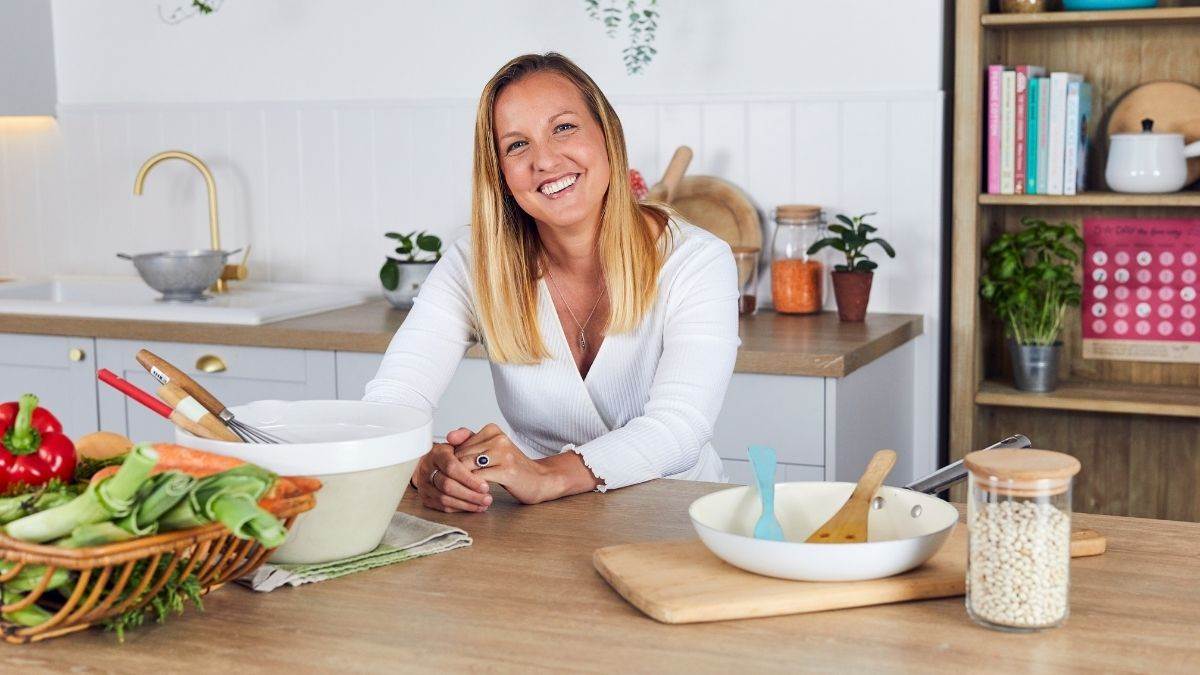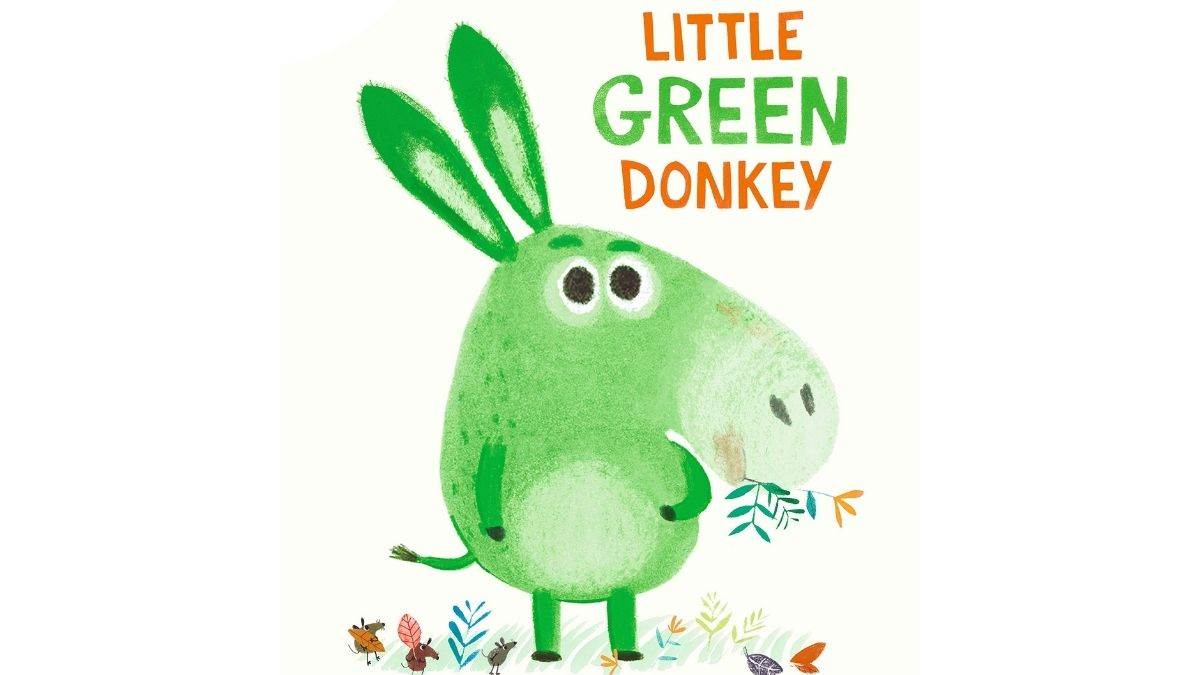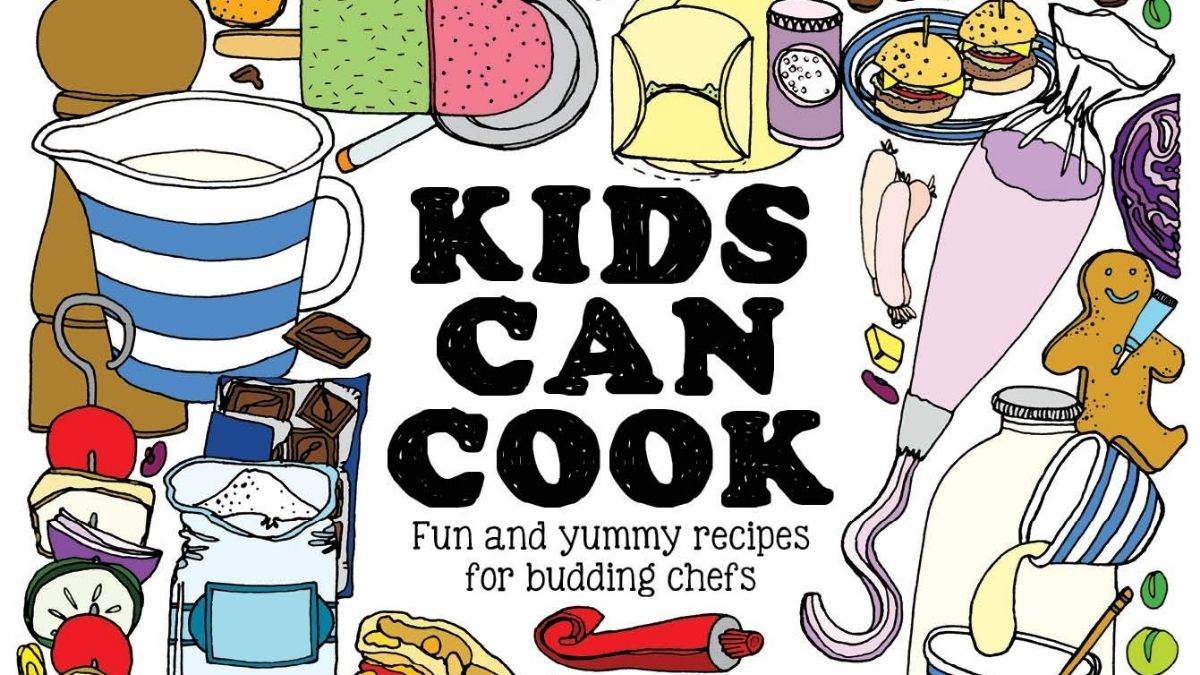Top tips for fussy eaters
Published on: 7 Rhagfyr 2021 Author: Charlotte Stirling-Reed
Charlotte Stirling-Reed, in-house Baby and Child Nutritionist at award-winning children’s food brand, Little Dish shares her expert advice on fussy eating, healthy snacking, and how to nurture a love for food from an early age – and we’ve added in some of our favourite food-related picture books for those of you looking for new ways to enthuse your little ones about meal times…
 Photo: Charlotte Stirling-Reed
Photo: Charlotte Stirling-Reed
How to Tackle a Fussy Eating Phase
- Role modelling: try to eat with your little one often, and eat a wide variety of foods, as they learn what to eat from watching you eat
- Think variety: the more variety you offer, the more they’re likely to accept new tastes and textures
- Be consistent: establish a routine and try to stick to it
- Avoid pressure: this is likely to backfire and put them off trying new foods
- Make mealtimes fun: the more fun they are, the more that little ones will want to be involved
Our top book for fussy eaters: Little Green Donkey by Anuska Allepuz
 Illustration: Anuska Allepuz
Illustration: Anuska Allepuz
Healthy Snacking
- Have a routine: a structure around meals and snacks means your little one knows when to expect food
- Think variety: offer a variety of snacks to ensure they have a balance of nutrients throughout the day
- Tailor snacks to your child: even though the recommendation for children is to have three meals and two or three snacks a day, all children are different so work out what works best for your child
- Include all food groups: try making snacks “mini meals”, by offering a carbohydrate food, a portion of veg/fruit, protein/iron rich foods and sometimes some dairy or alternatives.
- Add extra goodness: make the most of the nutrients offered at snack time with an extra stir of peanut butter or a dollop of yogurt or a sprinkle of milled seeds, for example
Our favourite book about a healthy snack: Would You Like A Banana? by Yasmeen Ismail
 Illustration: Yasmeen Ismail
Illustration: Yasmeen Ismail
How to Nurture a Love of Food
- Eat together: children are more likely to enjoy food if they see you eating and enjoying food with them
- Let them join in: bring them to the table at an early stage so they get used to sharing meal times with family and friends
- Don’t just eat it: get them involved in growing it, cooking it, shopping for it and reading about it
- Think variety: familiarise them with a wide variety of foods
- Avoid labelling foods: avoid offering food rewards and labelling foods as ‘good’ and ‘bad’
Our recommendation for a fabulously foody read: How to Feed Your Parents by Ryan Miller and Hatem Aly
 Illustration: Hatem Aly
Illustration: Hatem Aly
Introducing Herbs & Spices
- Start gradually: to familiarise their taste buds with new flavours
- Think variety: add plenty of variety to get them used to different flavours from an early age
- Use family favourites: get little ones used to the herbs and spices you use regularly in your cooking
- Avoid adding salt: instead use herbs and spices to flavour to their meals
- Get creative: think about adding a pinch of nutmeg to a cheese sauce, or a pinch or cinnamon to their morning porridge
Our favourite spicy read: Queen of the Hanukkah Dosas by Pam Ehrenberg and Anjan Sarkar
 Illustration: Anjan Sarkar
Illustration: Anjan Sarkar
Balancing Meals and Portion Sizes
- Let them lead: look out for cues that they’ve had enough or they’re still hungry
- Work together: You decide what they’re going to have to eat, and let them decide how much they want to eat
- Offer all food groups: include fruits/vegetables, carbohydrates, protein and iron rich foods, dairy & alternatives
- Add extra goodness: add an extra stir of nut butter, a dollop of yogurt or a sprinkle of seeds
- Have a routine: try to have a structure for meals and snack times
A great book about the perils of too many avocadoes: Avocado Baby by John Burningham
 Illustration: John Burningham
Illustration: John Burningham
Cooking with Kids
- Start simple: use two or three ingredient recipes
- Involve them often: encourage kids to help out in the kitchen regularly, e.g. whisking eggs, buttering toast or finding the right cooking equipment
- Prepare: read the recipe first to pick out safe and easy jobs for little helpers
- Embrace the mess: try to accept there will be both mess and chaos!
- Have fun: this way they’ll enjoy the experience and want to do it again, and that’s how they’ll learn to cook in the future
Our favourite cookbook for kids: Kids Can Cook: Fun and Yummy Recipes for Budding Chefs by Esther Coombs
 Illustration: Esther Coombs
Illustration: Esther Coombs
Charlotte Stirling-Reed is an award-winning, registered Nutritionist and currently hosts regular live Q&A sessions for Little Dish where parents can get advice on all aspects of feeding their babies and young children.




